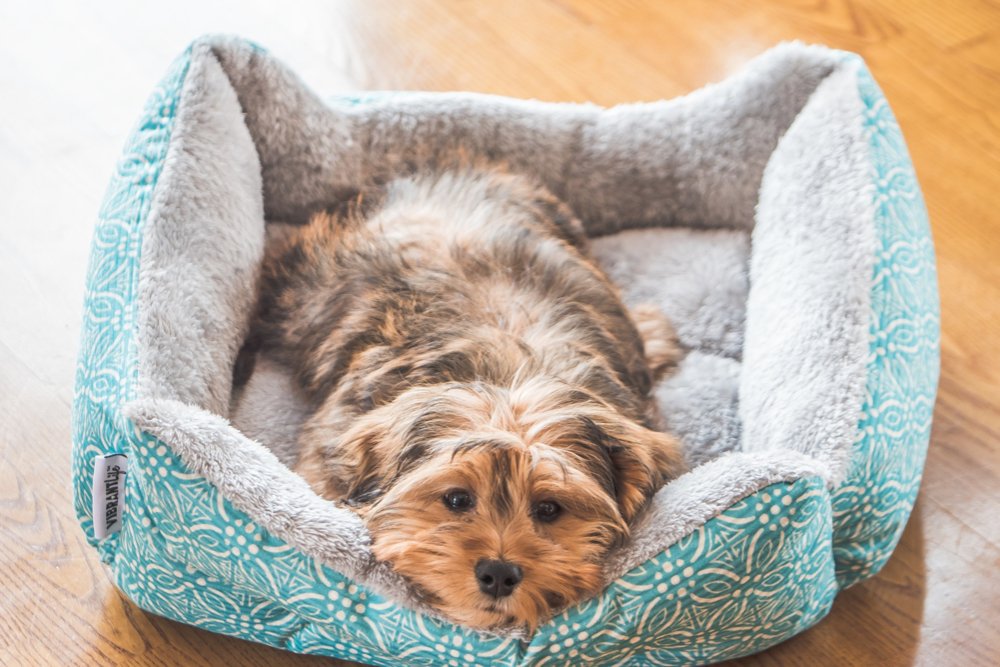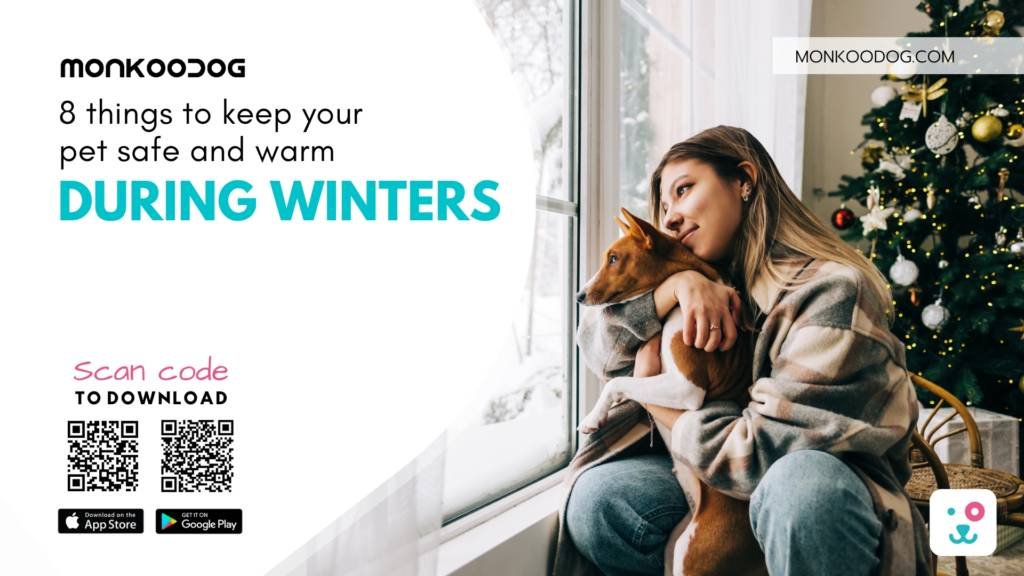As soon as the weather turns chilly, pet owners worry about how their furry friends will fare during the cold winter months ahead. Extreme temperatures, blizzard conditions, ice storms, and other winter hazards can put dogs at risk if they are not properly equipped to handle the season. You want your beloved pup to be able to enjoy winter without sacrificing their health or comfort at any point. Thus, the ideal scenario is to implement effective precautions well in advance before the bitter cold hits your area.
The good news is you can take numerous measures to safeguard your dog against the potential dangers of winter. With deliberate forethought and planning, your dog can continue thriving all the way until spring.

This article will explore top tips all dog owners should know to keep their best friend happy, safe, and warm even in the harshest winter storms. Implement the strategies outlined, and you can have peace of mind knowing your furry companion is secure despite what this winter may bring.
1. Layer Up With Dog Clothing
Winter temperatures can be brutal, and just like humans, dogs can greatly benefit from an extra layer of clothing. Consider getting your furry friend a dog sweater or coat to keep them cozy and warm during walks or when they go outside. Measure your dog’s chest, neck, and back length to ensure proper sizing. Or you can look for clothing options specifically designed for your dog’s breed, as they are tailored to fit their unique body shape.
Moreover, ensure that the clothing covers your dog’s body adequately, protecting them from cold winds and low temperatures. Find clothing options that cover their torso, neck, and even the belly to provide comprehensive protection. It’s also recommended to consider clothing with reflective strips to enhance visibility during walks in darker winter evenings.
2. Provide Adequate Shelter

Your dog needs a safe, secure, and warm place to seek shelter during the winter. Ensure that the doghouse or shelter is appropriately sized for your dog. It should also be well-insulated to retain heat and keep your dog warm.
You must also elevate the doghouse slightly off the ground to prevent dampness and maintain better insulation. This helps to keep your dog dry and warm. Additionally, provide warm and comfortable bedding inside the shelter. Straw or blankets are good options for bedding material, as they provide insulation and comfort for your dog.
3. Limit Outdoor Time
While dogs enjoy playing and running outside, you must limit their time outdoors during extreme cold weather. So, stay updated on the weather forecast and be aware of any extreme weather conditions. Avoid taking your dog outside during frigid temperatures, heavy snowfall, blizzards, or other severe weather events. Exposing your dog to extreme cold for extended periods can be dangerous and potentially lead to hypothermia or frostbite.
When going for walks or allowing your dog outside for potty breaks, keep the time outside shorter than usual. This reduces the exposure to cold temperatures and decreases the risk of your dog getting too cold.
4. Protect the Paws
The cold ground and ice can be harsh on your dog’s paws. To prevent their paws from becoming dry, cracked, or irritated, consider using dog booties or paw wax. These protective measures provide a barrier between their paws and the elements. Additionally, wiping your dog’s paws after each walk will remove any ice, salt, or other de-icing chemicals they may have picked up along the way. In addition to that, many people buy other winter care accessories to keeo their dogs safe and sound.
5. Stay Active Indoors

When the weather is too severe to spend much time outdoors, find ways to keep your dog active indoors. Engage in interactive games that get your dog moving and mentally stimulated. Hide and seek, fetch in a hallway or open space, or playing with interactive toys can help keep your dog engaged and active. You can also try teaching your dog new tricks or commands as a form of mental stimulation. Staying active indoors will keep your dog physically fit, mentally stimulated, and happy during the winter months.
6. Adjust Their Diet
During winter, dogs burn more calories to maintain their body temperature. Adjust their diet accordingly to ensure they receive the necessary energy and nutrients. Consult with your veterinarian to determine if your dog’s food needs to be adjusted or if supplements may be necessary.
Also read: 7 Russian Dog breeds that can keep you warm in cold winters
7. Keep Them Hydrated
While it may seem like dogs don’t need as much water during winter, it is essential to keep them hydrated. Cold air can be dehydrating, and dogs might be less inclined to drink water if it is too cold. Ensure your dog has access to fresh, unfrozen water at all times. You can utilize a heated water bowl to prevent freezing during colder days.
8. Maintain Regular Grooming
Regular grooming is crucial during winter to keep your dog’s coat in good condition. Brushing their fur helps to remove any loose hair and promotes good circulation. A well-groomed coat provides better insulation and keeps them warm. However, be careful not to bathe your dog too often, as this may strip off their coat’s essential oils and cause dry skin.
Key Takeaway
By taking these proactive steps, you’ll ensure that your dog stays safe, healthy, and warm throughout the winter season. Remember, your pet primarily relies on you for their well-being, and a little extra care goes a long way in keeping them comfortable in the colder months. Embrace these winter care tips and enjoy the season with your happy and content furry friend.

